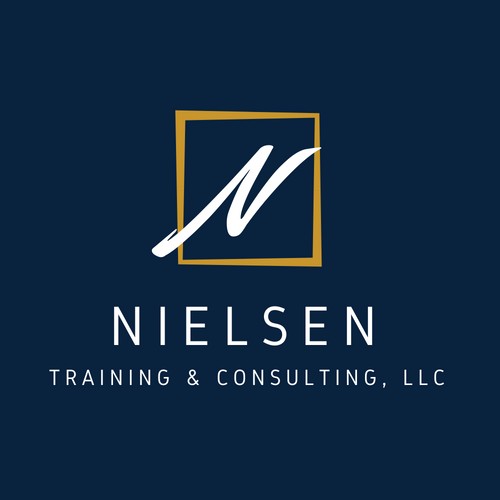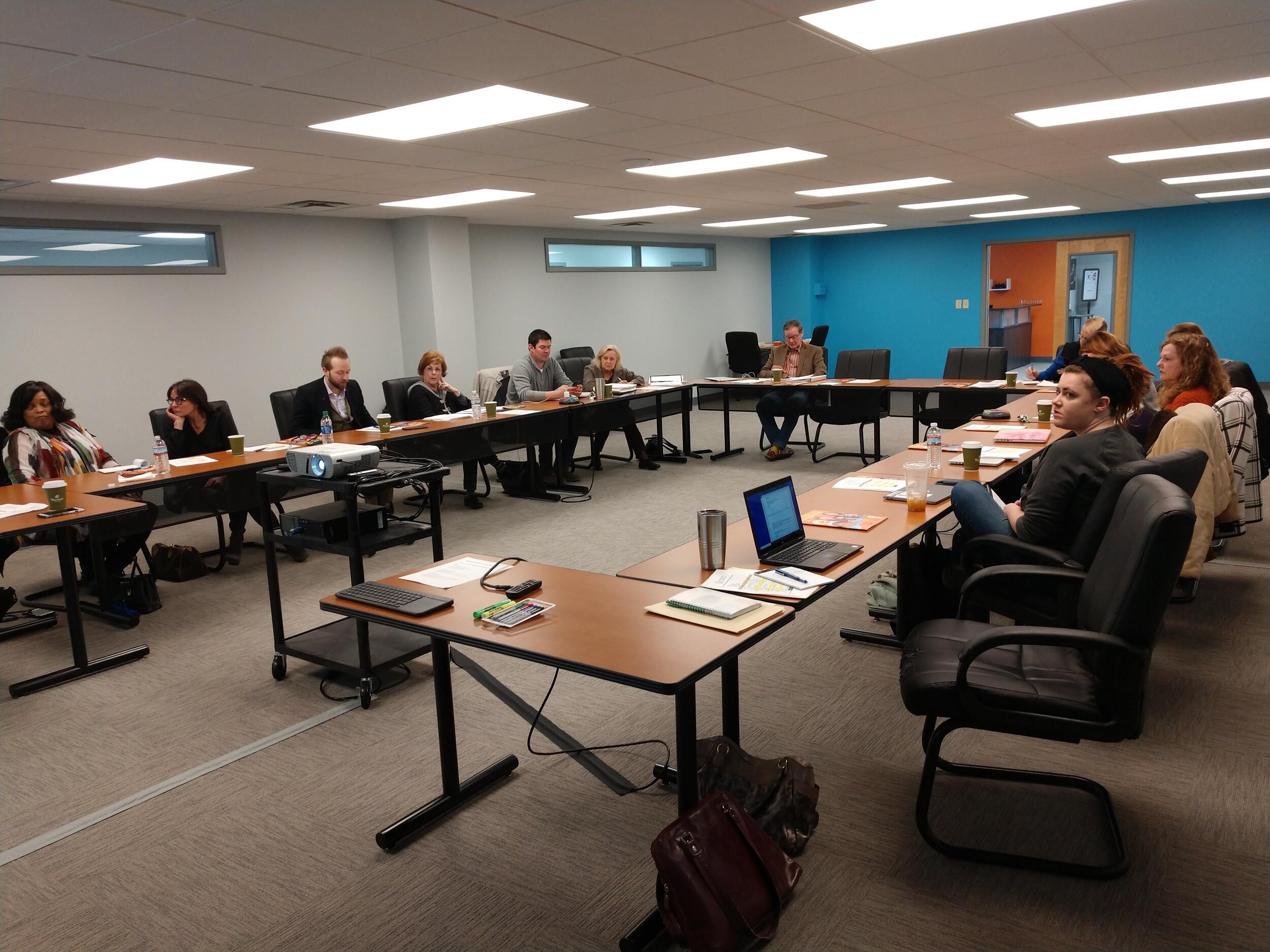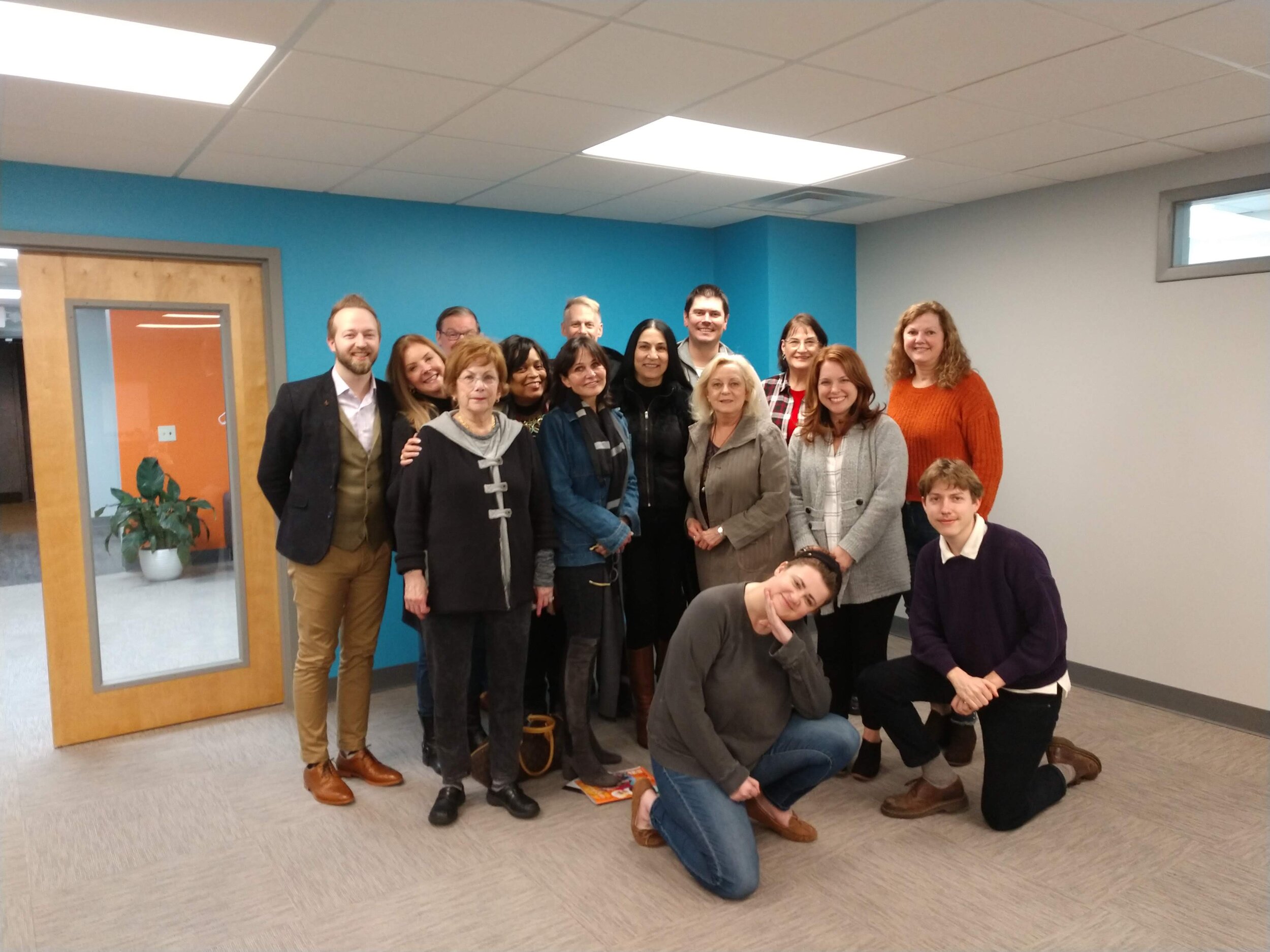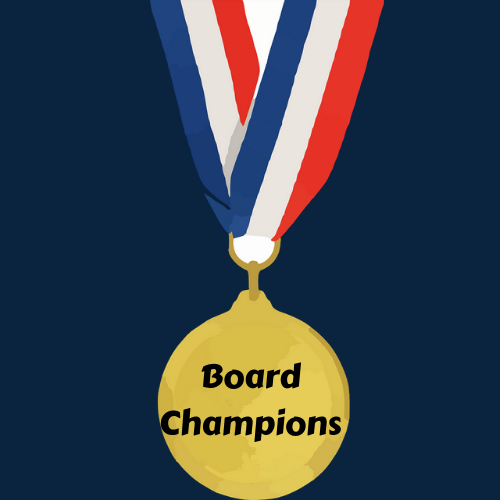4 Pathways to Sustained Collaboration
Collaboration has always been a hallmark of the nonprofit sector. Studies repeatedly show that nonprofits collaborate with one another far more than many suspect. These efforts may take a variety of forms, which is the first important truth to realize about collaboration -- namely, it represents a spectrum of possibilities from associations to partnerships all the way to mergers at the far end of the spectrum. The term I most like when discussing this topic is “sustained collaboration,” as it encompasses the many possibilities along the spectrum.
As the Covid-19 pandemic and other realities continue to impact nonprofits across the country, many are now more intentionally investigating sustained collaborations, either for strategic or survival purposes. While certainly not an exhaustive list, in working with nonprofits I have found 4 common pathways to sustained collaboration.
Increased ability to deliver services.
Many nonprofits have developed an innovative approach to addressing complex community challenges that has proven effective. However, the limitations of their geographic reach, staff capacity, or financial position prevent them from expanding their service delivery. Sustained collaboration with a partner can be a means to expand reach and impact.
This may benefit you if: There is demand for your programs outside your current service area that you cannot meet.
Frequently, two organizations build a relationship over time. They may start by sharing information about their shared mission focus. Over time, they may grow their collaboration to include a partnership on program delivery. At some point, they may sit down and realize there is synergy and alignment in their respective strategic visions for the future. This relationship based model can often lead to highly successful sustained collaborations (occasionally even mergers) because it is built on a strong foundation of trust and shared focus on a common vision for the future.
This may benefit you if: You have identified a current collaborative partner with whom you share a common strategic vision and desire to work more closely.
There is a common refrain many nonprofit leaders have heard repeatedly throughout their career -- “There are simply too many nonprofits in our community and they are duplicating services.” While we can debate the merits of this statement, the duplication that is of most concern and presents the greatest opportunity for sustained collaboration is administrative duplication. Let’s face it -- it takes significant administrative resources to sustain a nonprofit, from human resources to finance to payroll. Many nonprofits have successfully increased the efficiency of their organizations through sustained collaborations to share administrative infrastructure and operations. When structured thoughtfully, this enables nonprofits to focus a greater amount of their limited resources where they can have the most impact, on programs enhancing communities.
This may benefit you if: You seek to gain economies of scale by sharing administrative functions or your organization is vulnerable to key staff losses in administrative areas.
It has never been more challenging to lead a nonprofit than it is right now. Many organizations have teetered perilously close to the brink of closure for an extended period of time due to a multitude of factors. While Covid-19 didn’t create the financial challenges pervasive in the nonprofit sector, it certainly has laid them bare and exacerbated them. Recent studies illustrate the urgency of the situation:
Between March and April 2020, the percentage of nonprofits reporting a drop in monthly revenue rose from 70% to 90%.
More than 55% of nonprofits reported anticipating cutbacks in services
More than 44% anticipate more staff layoffs to come
Nonprofit leaders are working to and often past the point of exhaustion attempting to keep their organizations afloat. This has led many to consider the possibility of merger as a survival strategy to preserve the mission.
This may be for you if: Organization business model is no longer viable or streams of revenue have been damaged so extensively that ongoing viability is a concern.
Sustained collaborations are neither easy nor fast, but when entered into thoughtfully can provide benefits that allow for the expansion of services, advancement of a common vision, and preservation of organizational impact. Frequently, engaging with an external thought partner can be a helpful first step in exploring a holistic process that will encompass not only the legal and financial due diligence necessary, but also considerations of governance, leadership, and organizational culture. If your organization is contemplating a sustained collaboration, I invite you to connect with me for further discussion of this important topic.













